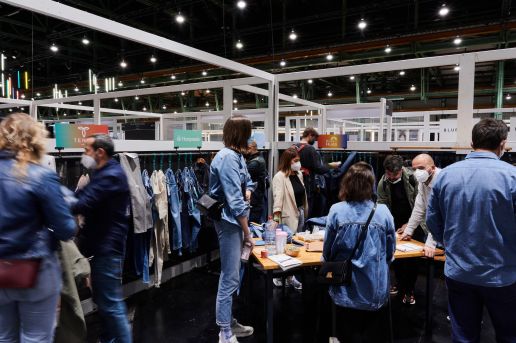A ubiquitous wardrobe staple, denim is one of the most prevalent fabrics of our time. Developed through the ages, those behind the widely used material are on a mission to transform the global apparel business into a cleaner, more ethical and more sustainable industry.
It is no secret that denim production is negatively impacting the environment.
Still, the good news is that more and more manufacturers, brands, retailers, and consumers are making an immense effort to undertake the issues related to the production of denim. Furthermore, driven by buzz words like ‘sustainability’ and ‘recycling’, many denim businesses are turning to new technologies to help them attain the most sustainable system possible.
When the denim industry becomes more sustainable, we need a new approach. The good news is that the technology has advanced to the point where we can make a big difference in reducing the environmental footprint of denim. Here are some great examples of some of the revolutionary approaches that have been introduced to the denim industry in the past few years.
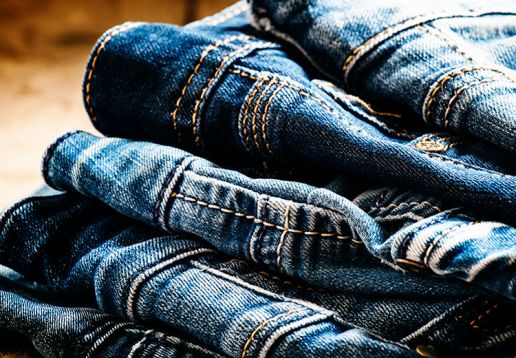
Picture credit: Ecotextile News
Smart Factory 4.0: Denim’s Greenest Ecosystem
Crescent Bahuman is taking the denim industry on a journey. Understanding the need for the industry to digitise, Zaki Saleemi, vice president of Crescent Bahuman, believes that one of the ways of doing this is through intelligent decisions supported by data.
Saleemi explained to Sourcing Journal that the intelligent factory is designed to give on-site managers real-time information on shop floor activity and other vital sustainability-related metrics like water measurements. The upgrade is a digitization plan that can help a denim company “get organised, get connected, get insights, and get optimised”.
Another exciting development is that Crescent Bahuman is also implementing the blockchain-enabled PaperTale, which shows the entire map of the supply chain – where the cotton came from, where it was manufactured, and where it got converted into fabric.
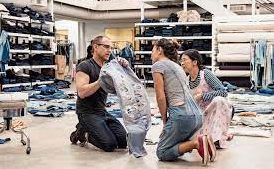
Picture credit: Levi

Picture credit: Levi Strauss
Levi’s Earth Conscious Robotic Technology
The majority of jeans are washed for hours to achieve that perfect blue colour, and the result is that the dyes end up polluting the groundwater. Looking back to a time when new innovation was leaving its mark on the denim industry, Levi came up with laser technology that made creating ripped and washed jeans easier and more efficient.
Looking to reduce the man-hours put in by designers trying to figure out the perfect fade and the time factory workers spend sandpapering the jeans, Levi’s is also determined to lessen the harsh chemicals that give jeans that much sought after faded look.
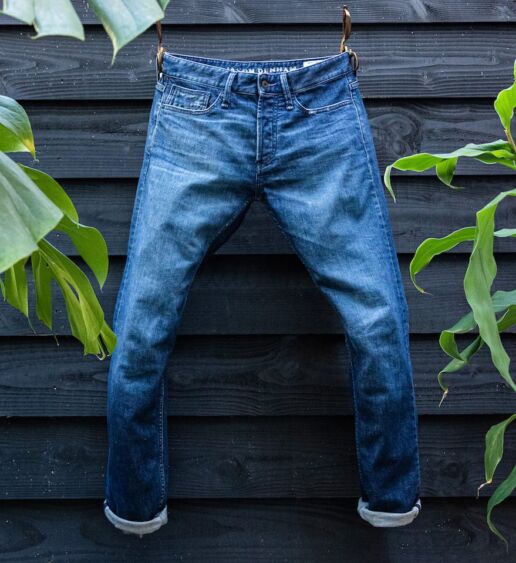
Picture credit: The Spin Off
Probing the use of Alternative Raw Materials
Exploring alternative raw materials such as hemp or orange pulp in textile production, Lenzing and denim manufacturer Candiani partnered to push the traditional boundaries of fibre production.
With similar environmental goals, Candiani’s biodegradable stretch denim made from Tencel Limited Edition yarns to the game contains 20% hemp fibre.
Again, Lenzing’s closed-loop manufacturing process has provided an excellent alternative to many classics – a new Tencel Limited Edition hemp soft fibre is an excellent alternative to many classics.
G-Star Raw: Pioneering New Means of Production
When it comes to sustainability, G-Star RAW is not only talking the talk; they are proving their commitment by continuously challenging the conventions of denim design.
Pioneering new means of production while maintaining an uncompromising dedication to quality and style, a few years ago, G-Star came up with a step-by-step process of how the Elwood RFTPi Jean came about. It was a process that pioneered a radical new dyeing method which is hydro and salt-free. They called the process Crystal Clear.
Considered to be the most radical change at the time when it comes to indigo dyeing process, the formula, even in its infancy, showed off its potential to play a part in saving the environment.
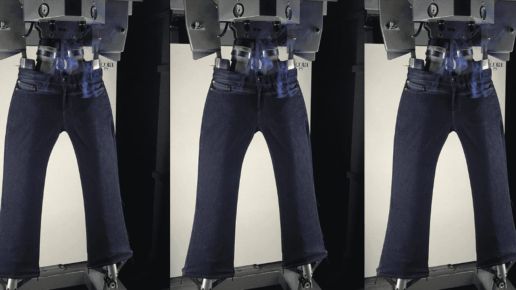
Picture credit: Fast Company
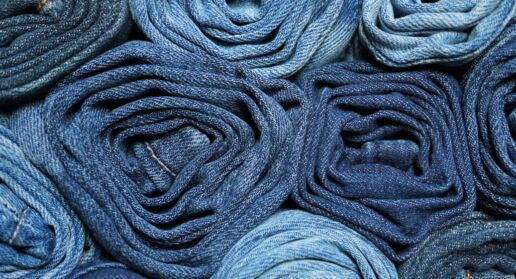
Picture credit: Science News for Students
Helping the Denim Industry Go Green
Combining economy and ecology, Sedo Engineering’s innovation is helping the denim industry go green. The Swiss innovation specialists have developed smart-INDIGO to help denim brands quickly move towards this sustainable production structure with more benefits at lower costs. Instead of toxic chemicals, Sedo Engineering uses only electricity and caustic soda to dissolve indigo dyes.
Giving out oxygen instead of toxic wastewater, smart-INDIGO reduces water use by 70 per cent, energy consumption by six times and carbon emission by ten times. The innovation is a “win-win solution for our clients”, says Werner Volkaert, managing director of Sedo Engineering.
With 17 smart-INDIGO machines operating worldwide, Sedo Engineering hopes to bring a revolutionary change to the denim industry.

About the author
Founding editor-in-chief of FashNerd.com, Muchaneta has worked in the fashion industry for over 14 years. She is currently one of the leading influencers speaking and writing about the merger of fashion with technology and wearable technology.
Muchaneta Ten Napel | editor@fashnerd.com



